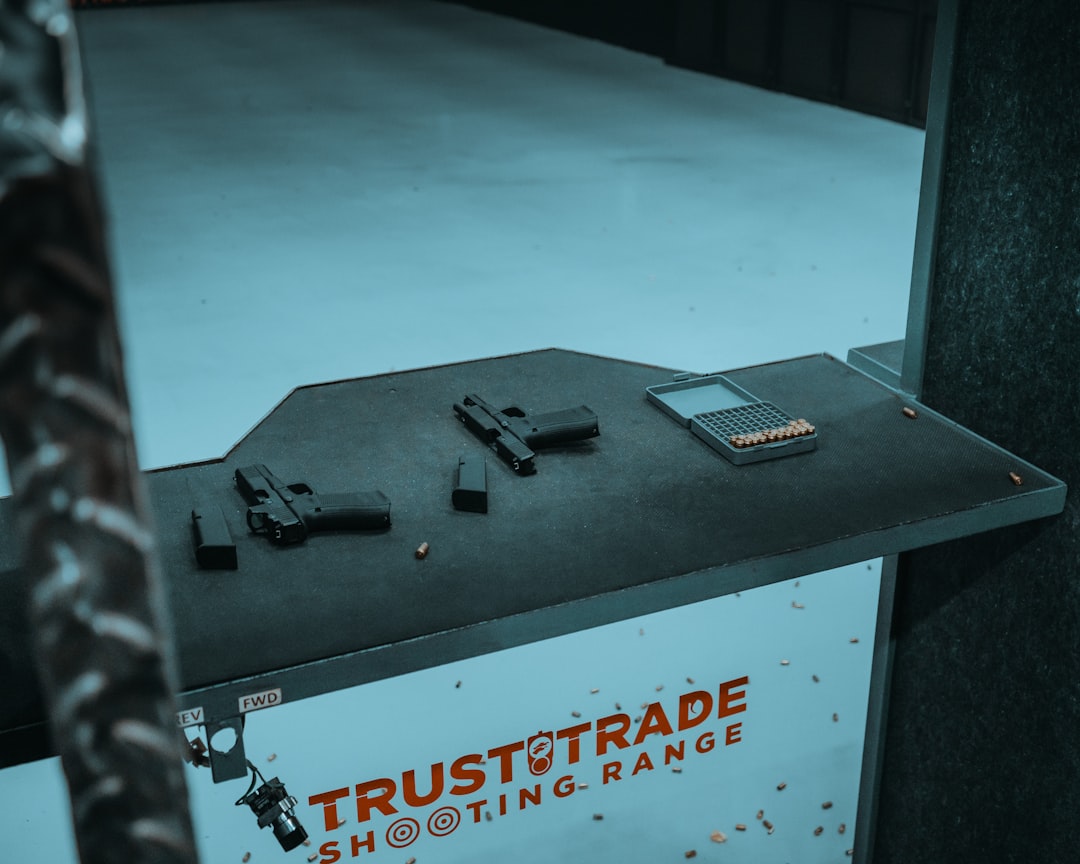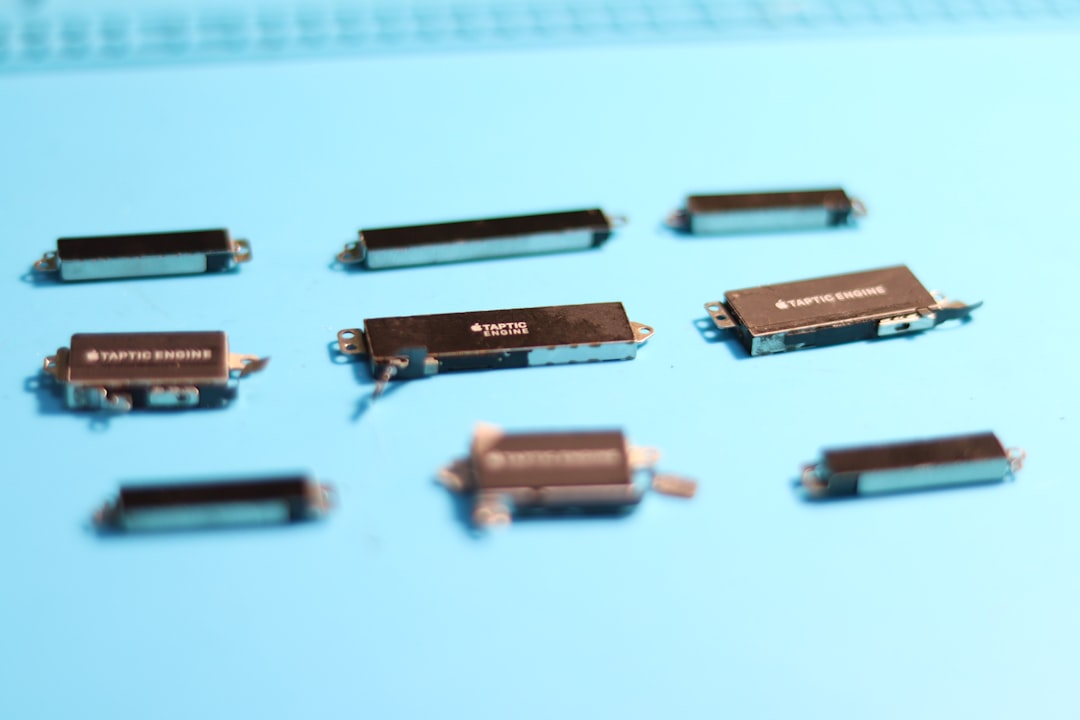

Engage prospects with a scan and streamline customer engagement with FREE QR code marketing tools by Sona – no strings attached!
Create a Free QR CodeFree consultation

No commitment

Engage prospects with a scan and streamline customer engagement with FREE QR code marketing tools by Sona – no strings attached!
Create a Free QR CodeFree consultation

No commitment
QR codes have evolved from a novelty to a strategic powerhouse in bridging offline engagement with online action. For toner cartridge suppliers, QR codes represent an efficient, customer-friendly, and highly measurable way to simplify product reorders and drive repeat business, without requiring an app download or technical knowledge from buyers. In a market where high-value prospects can easily slip through the cracks by not submitting online forms or by making purchases through less trackable analog channels, the need for streamlined, accountable reorder workflows has never been clearer.
Traditional analog processes like printed reorder forms, manual phone orders, or paper catalogs are time-consuming and error-prone. Toner cartridge suppliers frequently struggle with incomplete or outdated customer data, which not only hampers personalization but also leads to misaligned communications and missed upsell opportunities. QR codes offer a practical solution: transforming every product packaging, shipment, and print invoice into an instant portal for reordering, support, or feedback. This innovation boosts customer satisfaction, reduces operational costs, and captures valuable insights for future targeting.
By integrating QR technology across the customer lifecycle, toner cartridge suppliers can streamline complex workflows and create closer, more data-driven relationships with both small business and enterprise accounts. These approaches allow companies to recognize patterns of at-risk churn or opportunities to cross-sell valuable add-ons, while ensuring messaging consistency across every channel and buyer stage.

Toner cartridge suppliers often find their sales teams frustrated by slow or error-prone reorder processes, which can deter repeat purchases and muddy the view of high-fit accounts within their CRM. QR codes in marketing bridge the gap between physical touchpoints and digital outcomes, offering an immediate and low-friction way to reconnect with customers who might otherwise remain off the radar.
Replacing analog steps with QR-enabled flows creates a path of least resistance for buyers and a richer data stream for your team. A buyer scans a code on the box, lands on a prefilled reorder page, and completes checkout in seconds. Behind the scenes, that scan is tagged to the cartridge SKU, shipment, and account owner, which closes attribution gaps and shortens the rep-to-reorder cycle. Here is how to do it effectively and systematically.
Modern QR code platforms let toner cartridge suppliers generate, manage, and analyze QR activity at scale. With tools like Sona QR, each scan can enrich your CRM in real time, align with buyer journey stages, and surface location-based insights. This stepwise approach ensures that missed opportunities, whether from anonymous visitors or disconnected campaigns, are consistently reduced while repeat purchases become easier to capture and measure.

Many suppliers face a persistent lack of visibility into who is interacting with their products until it is too late. Customers reorder by phone or through untracked procurement portals, which makes account attribution murky and squanders opportunities to personalize offers. QR codes directly address these challenges by turning offline moments into measurable digital actions via Sona QR’s use case library.
QR experiences also remove friction for busy administrators and IT teams who just want a fast, accurate reorder. A quick scan that opens a prefilled form is far more efficient than retyping SKU numbers or searching a catalog. For suppliers, this simplicity translates into fewer errors, more consistent customer data, and a clearer understanding of which products and accounts are driving profitable growth.
In an industry where generic messages risk disengagement, QR codes give toner suppliers the means to identify, segment, and respond to real customer behavior as it happens. The result is a more resilient retention engine that reduces guesswork and elevates every post-purchase interaction.

Not all QR codes serve the same purpose. For toner cartridge suppliers, formats that accelerate reorders, streamline support, and enrich account data tend to perform best. Choosing the right format ensures that each scan drives a specific action aligned to business goals.
Pair QR formats with destinations that remove friction. For example, a code on packaging should open a prefilled reorder page tied to the exact SKU, while a code on an instruction sheet might lead to a compatibility checker or a troubleshooting guide. Dynamic codes are ideal for ongoing campaigns and frequently updated content.
With Sona QR, you can generate any of these formats, manage campaigns centrally, and measure performance across assets. That makes it easier to test, iterate, and standardize what works for your reorder engine.

Physical touchpoints are often the biggest culprits behind incomplete CRM records and untraceable engagement. A box that gets tossed or a delivery note that sits in accounting can hide valuable reorder intent. Embedding packaging QR codes at high-visibility locations converts those dead ends into measurable actions that accelerate sales and enrich data quality.
The key is to place QR codes where buyers already make decisions or seek information. Design each placement with a specific action in mind, and use unique codes per asset so you can compare performance and optimize over time.
Focusing on these touchpoints allows suppliers to replace fragmented analog steps with unified, measurable journeys. Every scan becomes a chance to confirm identity, record intent, and drive a next best action that keeps customers coming back.

The risk of missed upsell or cross-sell opportunities is highest when engagement signals get trapped in analog channels. Smart QR deployment turns those signals into structured data and faster transactions. The following use cases align to common customer needs and the supplier outcomes that matter most.
By mapping QR destinations to a buyer’s immediate context, you reduce friction and increase conversion. The same code that enables a rapid reorder can also offer a recycling pickup or a compatibility tool, creating a virtuous cycle of convenience and insight.
Each use case leverages QR not just for convenience, but also to transform anonymous interactions into trackable data. Over time, these signals inform segmentation, lifecycle messaging, and product decisions that compound retention and lifetime value.
Each QR scan captures intent, timing, and context. Deploying multiple codes across packaging, invoices, events, and support materials lets you segment audiences automatically. You can then use those segments to target retargeting ads, trigger email sequences, and cue account managers at the right moment—see Sona’s Playbook titled Intent-Driven Retargeting.
In toner cartridge purchasing, audience distinctions are often role-based and situational. A small office administrator scanning a box at a front desk has different needs than an enterprise procurement professional scanning a contract, or an IT technician scanning a maintenance sign. Treating those moments differently accelerates follow-up and improves relevance.
With Sona QR, each code becomes a smart entry point that aligns scan context with your lifecycle model. The result is less wasted spend, more meaningful touchpoints, and a clearer signal of who is ready to reorder or explore new solutions.
QR codes are the connective tissue between offline assets and digital systems. They let you measure impact from media that used to be opaque and turn passive materials into active conversion points. When orchestrated across channels, QR helps you build a consistent, data-driven buyer journey.
For toner cartridge suppliers, the most common placements include packaging, print collateral, delivery documentation, and field signage. Linking these to the right destinations, then syncing scan data with your CRM, creates a closed-loop funnel where every scan can trigger a next step.
Centralizing QR management ensures that performance can be compared across channels and improved over time. A platform like Sona QR makes it simple to monitor scans, A/B test destinations, and sync outcomes with your sales and marketing systems.
Consistent execution elevates QR from a useful convenience to a measurable growth lever. A structured checklist helps eliminate guesswork, standardize quality, and establish reliable data capture across your physical and digital footprint. Think of this as the operating system for capturing reorder intent wherever it happens.
When you run this process quarterly or per campaign, it becomes easier to compare performance across touchpoints, diagnose bottlenecks, and justify budget allocation. The goal is not just more scans, but more completed reorders, cleaner data, and faster cycle times from intent to revenue.
Start with a focused outcome that aligns to a known pain point. Rapid reorder for time-starved administrators, compatibility verification for IT technicians, and recycling enrollment for sustainability teams are high-impact beginnings.
Choosing the right code type sets the foundation for tracking and agility. Static codes are fine for fixed, evergreen destinations, while dynamic codes unlock testing, personalization, and analytics.
The best QR program fails without scannable, trustworthy design. Customers need clarity, confidence, and a compelling reason to scan.
Roll out in waves across the assets that intersect most often with purchase decisions. A phased approach lets you refine quickly and scale what works.
A QR program proves its value through measurable outcomes and continuous improvement. Establish a regular review cadence to stay ahead of trends.
This checklist turns QR into a repeatable operating rhythm for capture, conversion, and insight. Over time, your team gains a library of proven templates and benchmarks that make every subsequent campaign faster and more effective.
Suppliers often struggle to connect offline touchpoints to revenue outcomes. A code may be scanned, but without tracking that links the scan to an account, a product, and a conversion, the true impact remains hidden. QR analytics solve this by instrumenting every step from first scan to final purchase, then feeding those signals into the platforms where your teams work—read Sona’s blog post on offline attribution for deeper strategy.
The best programs combine real-time visibility with identity resolution. That means you can see which placements are performing today, while also matching scans to known buyers over time. These capabilities give marketing, sales, and operations a shared view of what drives reorders and where intervention is needed.
With Sona QR and Sona, teams can capture real-world engagement and connect scans to pipeline and revenue. Sona is an AI-powered marketing platform for identity resolution, data activation, and attribution, helping you act on every signal with precision. Live dashboards and identity resolution help marketers and account teams respond quickly and invest in the channels that prove their worth.
Once your base use cases are live, the next gains come from better targeting, smarter follow-up, and creative deployment. The goal is to make scanning the obvious next step for every stakeholder, then to automate what happens after.
Lean into placements and workflows your buyers already use. For toner suppliers, that often means boxes, invoices, printer stations, and event materials. Train internal teams to promote scanning as a faster path to resolution and a signal that unlocks better service.
By integrating these practices across your organization, you convert everyday transactions into structured data streams that fuel retention, expansion, and advocacy. The compounding effect is a reorder engine that learns and improves with each scan.
QR codes are much more than a shortcut. They form the backbone of a modern, unified experience for toner cartridge suppliers striving to minimize missed opportunities and deliver account-level personalization. When you embed trackable QR experiences across packaging, invoices, and engagement materials, you make every interaction measurable, attributable, and easier for the customer.
Here is what a mature program delivers over time. It reduces downtime between orders, replaces anonymous interactions with rich context, and aligns every message to real buyer intent. The output is a more predictable pipeline of reorders, better-informed teams, and a stronger brand relationship with the people who keep offices running.
QR codes enable toner cartridge suppliers to close the gap between physical products and digital interactions. By embedding smart, trackable QR experiences throughout the reorder journey, suppliers do more than simplify procurement. They gain the intelligence to address previously hidden churn risks, personalize every engagement, and advance sustainability initiatives. The result is a more efficient and responsive business that capitalizes on every customer moment and turns overlooked opportunities into measurable growth.
If you want a fast start with centralized management, consider Sona QR. You can generate and track your first QR codes in minutes, sync scan data to your CRM, and connect the dots from scan to revenue with Sona. Start creating QR codes for free.
QR codes have revolutionized toner cartridge suppliers by transforming the reorder process into a seamless, efficient, and measurable experience. Beyond simplifying repeat purchases, QR codes empower suppliers to enhance customer satisfaction, reduce order errors, and gain valuable insights into buying patterns—all critical for building lasting client relationships and driving revenue growth. Imagine customers effortlessly scanning a code to reorder exactly what they need, while you track every interaction to optimize inventory and marketing strategies.
With Sona QR, creating dynamic, trackable QR codes is effortless. Instantly update reorder links without reprinting labels, connect scans directly to sales data, and respond swiftly to customer demand. This technology turns each scan into actionable intelligence, helping toner cartridge suppliers maximize reorder rates and customer loyalty.
Start for free with Sona QR today and transform how you connect with your customers—making every scan a streamlined reorder and a step toward business growth.
Toner cartridge suppliers can verify reliability by using QR codes to track reorder activity, capture accurate customer data, and connect scans to CRM records for accountable workflows and consistent messaging.
Suppliers with fast shipping often integrate QR codes on packaging and invoices to enable instant reorders, reduce errors, and provide real-time order tracking and support for quick fulfillment.
Look for QR codes with trust cues like Verified OEM-compatible on packaging, which can be scanned to confirm authenticity and reduce uncertainty before purchase.
Cost-effective suppliers use QR codes to streamline reorder processes, reduce operational costs, and promote recycling programs, enabling savings through efficient workflows and sustainability initiatives.
Top-rated suppliers use QR code-enabled workflows that improve reorder accuracy, customer engagement, and support responsiveness, leading to higher customer satisfaction and positive reviews.
QR codes replace manual reorder steps with instant scans that open prefilled reorder pages, reduce errors, capture intent, and connect scan data to CRM systems for faster, measurable reorder cycles.
Ideal placements include the front or side of packaging, invoices, delivery notes, service agreements, event materials, and on-site signage where buyers naturally look before disposal or use.
Suppliers map QR code destinations to buyer contexts like compatibility checks or recycling enrollment, transforming anonymous interactions into actionable data to identify cross-sell and retention signals.
Useful formats include web links to reorder pages, forms for support or feedback, vCards for contact info, email or SMS templates for quotes, app downloads, and dynamic codes for flexible messaging and analytics.
By tracking scan events with metadata such as time, location, and device, linking scans to specific products and accounts, syncing data to CRM platforms, and comparing QR-enabled reorder rates to analog processes.
Use Sona QR's trackable codes to improve customer acquisition and engagement today.
Create Your FREE Trackable QR Code in SecondsJoin results-focused teams combining Sona Platform automation with advanced Google Ads strategies to scale lead generation

Connect your existing CRM

Free Account Enrichment

No setup fees
No commitment required

Free consultation

Get a custom Google Ads roadmap for your business






Launch campaigns that generate qualified leads in 30 days or less.
